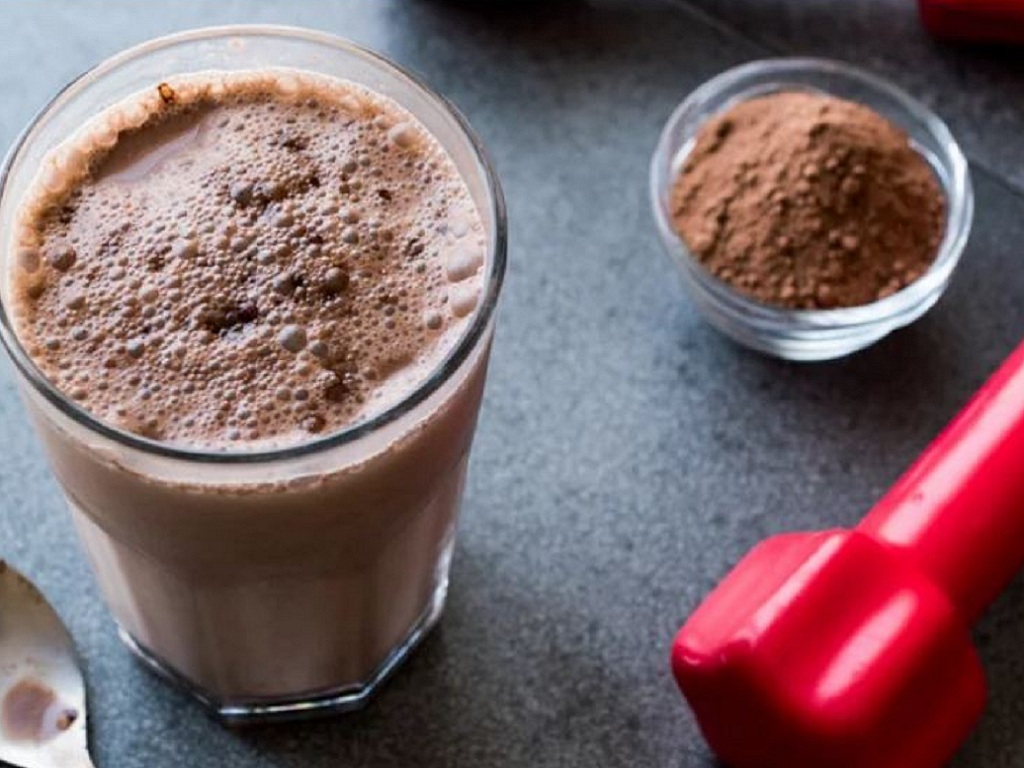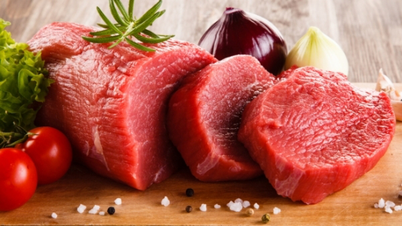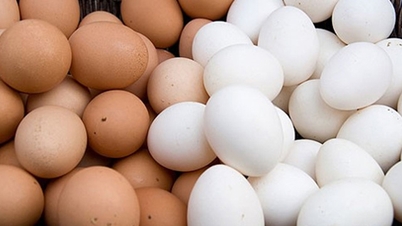There are many types of protein milk sold on the market. Among them, the most popular types are whey protein or casein. These are considered the most effective types of protein for muscle gain, according to the health website Verywell Health (USA).

Drinking protein milk in moderation can be a great aid in weight loss.
When consumed as part of a balanced diet and within daily calorie needs, protein shakes can support muscle growth and recovery without causing weight gain. However, like any other food, protein shakes contain calories. Drinking too much can contribute to a calorie surplus and weight gain.
This is especially likely if you drink protein shakes that are high in sugar, and eat high-calorie foods like red meat. The excess calories from these foods will be converted to fat and stored as excess fat.
This condition, if prolonged, will increase the body's fat percentage, leading to an increased risk of a series of health problems such as type 2 diabetes, high blood pressure, heart disease and a number of other diseases.
Meanwhile, if you drink a lot of protein milk but snack less, and control your food portions to avoid a calorie surplus, you will not gain weight. Not only that, many research evidences show that even if you eat a lot of protein-rich foods, including protein milk, but have a calorie deficit diet, it will help you lose weight. In addition, protein milk also helps people feel full longer, reduces cravings, stimulates metabolism and thus supports weight loss very well.
Therefore, it is important to ensure that your body is getting the appropriate amount of protein based on your weight goals, lifestyle, and overall diet.
Many current health recommendations suggest that adults should consume at least 0.8 grams of protein per kilogram of body weight per day. This amount can vary depending on activity level, muscle mass, gender, height, age, health status, and other factors.
Many studies have shown that a protein intake of 1.2-1.6 grams kg/body weight per day is optimal for weight loss and maintaining muscle mass. This protein can come from fortified dairy, vegetables, fruits, whole grains, lean proteins, and healthy fats, according to Verywell Health .
Source link



![[Photo] General Secretary To Lam receives First Deputy Secretary General of the African National Congress (ANC) of South Africa](https://vphoto.vietnam.vn/thumb/1200x675/vietnam/resource/IMAGE/2025/5/20/bb2999907e1245d5b4c7310a890d8201)
































![[Photo] Vietnamese shipbuilding with the aspiration to reach out to the ocean](https://vphoto.vietnam.vn/thumb/1200x675/vietnam/resource/IMAGE/2025/5/20/24ecf0ba837b4c2a8b73853b45e40aa7)
![[Photo] Award ceremony for works on studying and following President Ho Chi Minh](https://vphoto.vietnam.vn/thumb/1200x675/vietnam/resource/IMAGE/2025/5/20/a08ce9374fa544c292cca22d4424e6c0)





























































Comment (0)